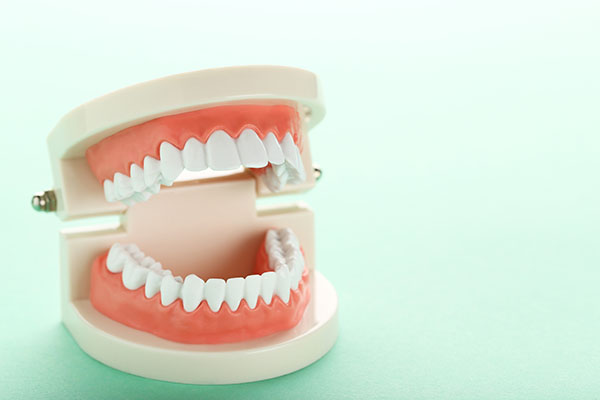 Any dental work that is done to repair missing or damaged teeth are types of dental restorations, which can include anything from minor fillings to full implants. How long these restorations take depends entirely on what kind of work is necessary. Some procedures can be performed in a single short appointment, while others might be a long process and require multiple appointments.
Any dental work that is done to repair missing or damaged teeth are types of dental restorations, which can include anything from minor fillings to full implants. How long these restorations take depends entirely on what kind of work is necessary. Some procedures can be performed in a single short appointment, while others might be a long process and require multiple appointments.
Lengths of procedures for dental restorations
Because there are so many different types of restorative dental work, it is helpful to know what common procedures are and how long each type of restoration can take. Here is a list of some of the most common dental restorations and what patients can expect from each one.
Fillings
The most common type of restoration, dentists use fillings to repair dental caries which have not progressed too far. Fillings can be made of tooth-colored composite, silver amalgam or gold. During a checkup, dentists may spot a cavity on an X-ray or a physical examination of the tooth. A follow-up appointment to fill the cavity can then be scheduled for a later date. A dentist may fill multiple cavities during this follow-up appointment. It is generally a fairly quick process that needs only the one appointment to complete.
Crowns
A step up from fillings, crowns are essentially tooth-shaped covers or caps that are placed over damaged teeth to restore their proper function and appearance. The dentist may need to reduce and shape the original tooth so that the crown fits properly. In many instances the placement of a crown can take several appointments. Molds or impressions of the tooth may need to be sent to a lab that will then fabricate the crown. After preparing the original tooth, the dentist may put on a temporary crown until the fabricated crown comes back from the lab, then during a later appointment the final crown can be cemented in place.
Bridges
Bridges can be used to fill gaps between teeth where one or more teeth are missing. It is important to fill such gaps so that the remaining teeth do not start to shift. It is also better for the oral health of the remaining teeth. Crowns on either side of the bridge can hold it in place. A bridge procedure often requires two separate appointments, one to shape the anchor teeth and one to install the bridge.
Implants
Implants are one of the more time and labor-intensive procedures from beginning to end. A hole must be drilled into the jaw bone and a metal post installed, which will become an anchor for a prosthetic tooth or teeth. While this part of the procedure may not take long, getting the implant ready to attach a prosthetic piece can take months. The dentist must ensure that the bone has grown around and fused to the post. In rare occasions the bone may reject the implant so another material needs to be used.
Check out what others are saying about our dental services on Yelp: Dental Restorations in San Antonio, TX.
Conclusion
Dental restorations can take anywhere from an hour or two to months until the process is finished. The type of restoration and the number of issues that need to be resolved all play a role in how long the restorations take.
Request an appointment or call Rim Dental at 210-693-1939 for an appointment in our San Antonio office.
Related Posts
When natural teeth are no longer healthy, it is occasionally necessary to get dentures. Although it is not always pleasant, adjusting to new dentures does not have to be traumatic. Understanding the facts about dentures can help dispel common myths that may cause anxiety and help make the transition to using this type of artificial…
Wondering how a cosmetic dentist can help your smile? Read on to learn more about some common cosmetic dentistry treatments. An individual’s smile affects their self-esteem, so dental problems cause people to hide their smiles. The issue can be a result of genetics, accidents, or poor oral health habits. Regardless of the cause, a cosmetic…
When you begin wearing dentures, you may experience discomfort for a short period of time while you are adjusting to new dentures. However, this process does not have to be difficult.Here are three reasons you can easily get through the first few weeks of wearing dentures.If you find adjusting to new dentures difficult, remember that…


